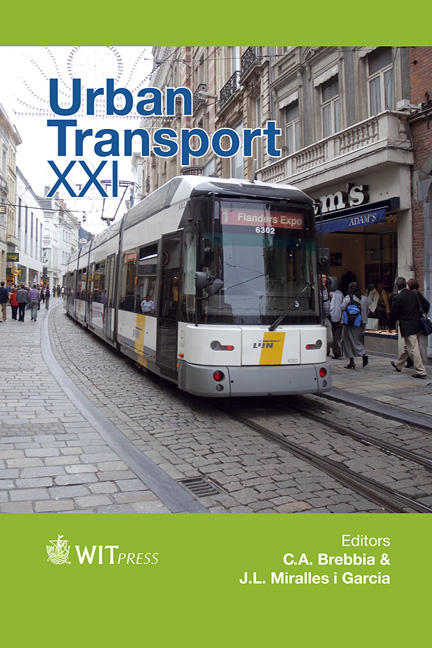Sustainable Transport In Cities: Learning From Best And Worst Practice?
Price
Free (open access)
Transaction
Volume
146
Pages
11
Page Range
93 - 103
Published
2015
Size
928 kb
Paper DOI
10.2495/UT150081
Copyright
WIT Press
Author(s)
A. Langeland
Abstract
It is generally recognized that a shift from car use to public transport, walking and cycling will reduce both local and global emissions. The goal of this paper was firstly to identify the European cities with the lowest and the highest car use, and secondly, to discuss if and how other cities can learn from the Best and Worst practice.
The top twenty of cycling cities in Europe is presented. Münster in Germany tops the list and is the European Bike City. The new TEMS EPOMM database makes it easy to compare a modal split in cities and thus answer questions like: Which city is most transport sustainable? Which city is the most car dependent? It is not surprising that they cycle a lot in Dutch cities, nor in Copenhagen, possibly more surprising that the bike is used extensively in Berlin? Milton Keynes has indeed become a car city, 75 percent of all trips is with a car. A line can be drawn through Europe. North of the line one find “cycling countries” and south of the line “car countries”. Belgium is divided in two. Cities in the Flemish part to the north cycle a lot, while in Valona they hardly cycle. The paper discusses some of the findings and gives tentative answers to these differences between countries and cities.
Keywords
top sustainable transport cities, modal split, comparison of cities, learning from best and worst practice





